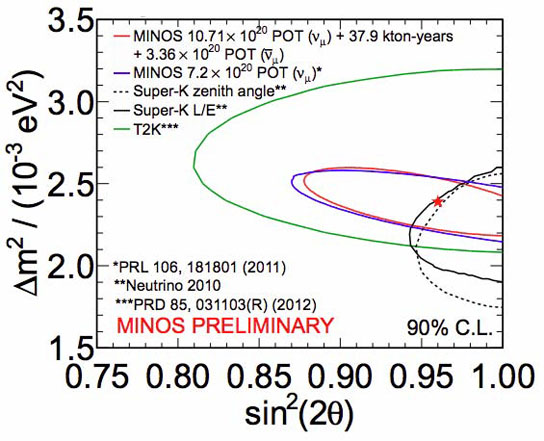
This graph shows the parameters for muon neutrino mixing. The red curve shows the latest MINOS result for the boundary of the region of allowed values for the mixing parameters. The MINOS result is compared with its own earlier results (blue) and measurements from other experiments (black, green). The red star is the set of parameters preferred by the MINOS data, specifically a delta m squared of 2.39×10-3 ev2 and a value for sin2(2theta) of 0.96. The new MINOS result uses all neutrino beam and antineutrino beam data from the NuMI beamline and also includes data from atmospheric neutrinos collected at the MINOS detector. Credit: Fermi National Accelerator Laboratory
MINOS scientists at the Fermi National Accelerator Laboratory revealed the world’s most precise measurement of the parameter called delta m squared, closing the measured gap between the masses of neutrinos and antineutrinos.
Scientists from the MINOS experiment at the Department of Energy’s Fermi National Accelerator Laboratory have revealed the world’s most precise measurement of a key parameter that governs the transformation of one type of neutrino to another. The results confirm that neutrinos and their antimatter counterparts, antineutrinos, have similar masses as predicted by most commonly accepted theories that explain how the subatomic world works.
MINOS caused a jolt in the physics world in 2010 when it announced that a measurement of this parameter, called delta m squared, showed a surprisingly large difference between the masses of neutrinos and antineutrinos. A subsequent 2011 measurement with increased statistics appeared to bring the neutrino and antineutrino masses closer in sync. With twice as much antineutrino data collected since its 2011 result, scientists confirm that the gap has closed. This upholds predictions and provides crucial information for many other neutrino experiments around the globe.
The new measurement is one of several announced this week by the MINOS experiment at the Neutrino 2012 conference in Kyoto, Japan. These are the final results from the first phase of the MINOS experiment.
“At the end of its initial seven-year run, MINOS has proven that it has been an incredibly successful long-baseline neutrino experiment,” said Fermilab’s Rob Plunkett, MINOS co-spokesperson. “We look forward to the next phase, when we will search for a new type of neutrino.”
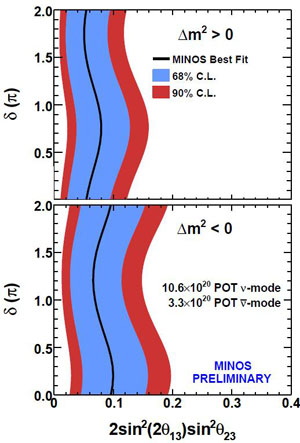
The blue and red regions in both plots show the areas allowed by MINOS for the parameters of electron-neutrino appearance. The top plot shows the MINOS measurement for one ordering of neutrino masses; the bottom plot shows the same measurement assuming the other mass ordering. The vertical axis shows allowed values of an unknown parameter that controls how much neutrinos and antineutrinos show different behavior in this process. Credit: Fermi National Accelerator Laboratory
MINOS scientists also announced this week their latest measurement of the search for a rare phenomenon, the transformation of muon neutrinos into electron neutrinos. The Daya Bay experiment in China and the RENO experiment in Korea made headlines earlier this year with their measurements of this transformation, observed in neutrinos generated by nuclear reactors.
To measure the transformation of one type of neutrino to another, the MINOS experiment sends a beam of muon neutrinos 450 miles (735 kilometers) through the earth from the Main Injector accelerator at Fermilab to a 5,000-ton neutrino detector located half a mile underground in the Soudan Underground Laboratory in northern Minnesota. The experiment uses two almost identical detectors: the detector at Fermilab is used to check the purity of the muon neutrino beam, and the detector at Soudan looks for electron and muon neutrinos. The neutrinos’ trip from Fermilab to Soudan takes about 2.5 milliseconds, giving the neutrinos enough time to change their identities.
With its full data set collected, MINOS recorded a total of 21 electron-neutrino-like events on top of a background of 79. This represents 40% more data than its 2011 measurement of this transformation. The larger data set allowed MINOS scientists to improve their measurement of a parameter that describes this transformation, called sin22θ13. The new measurement remains consistent with the experiment’s previous measurements and provides an important clue to understanding the puzzle of neutrinos – how they transform from one type to another, and which of the three neutrino types is the most massive.
Because MINOS uses different types of neutrinos than those produced by nuclear reactors, and compared to the Japanese experiment T2K has its two detectors significantly farther apart, its measurements of the transformation of muon to electron neutrinos are sensitive to different effects than other worldwide experiments. In particular, depending on how nature has chosen to order the neutrino masses, MINOS measurements of the parameter sin22θ13 could be different from those made by T2K.
“The results from MINOS have pushed the endeavor into the next phase: now we start to look for the mass ordering of neutrinos,” said University College London Professor Jenny Thomas, co-spokesperson for the MINOS experiment. “Fermilab will lead this endeavor with its NOvA experiment that will start next year.”
In 2013 the upgraded Fermilab accelerator complex will send an even more intense and higher-energy beam of muon neutrinos to two experiments in Northern Minnesota: the brand-new NOvA experiment and the second phase of MINOS. In its next phase, MINOS will focus on the hunt for a fourth type of neutrino. Hints of a fourth type have been observed in two previous experiments.
The MINOS experiment involves more than 140 scientists, engineers, technical specialists, and students from 30 institutions, including universities and national laboratories, in five countries: Brazil, Greece, Poland, the United Kingdom, and the United States. Funding comes from: the U.S. Department of Energy’s Office of Science; the U.K.’s Science and Technology Facilities Council; the U.S. National Science Foundation; the University of Minnesota, which operates the Soudan Underground Laboratory; Brazil’s Foundation for Research Support of the State of São Paulo (FAPESP) and National Council of Scientific and Technological Development (CNPq) and the University of Athens in Greece.

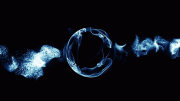
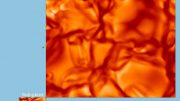
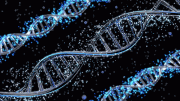
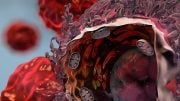

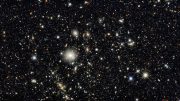


of course like your web-site but you need to test the spelling on quite a few of your posts.
Several of them are rife with spelling issues and
I find it very troublesome to tell the truth nevertheless I’ll surely
come again again.
It’s a shame you don’t have a donate button! I’d certainly donate
to this excellent blog! I suppose for now i’ll settle for bookmarking and adding your RSS feed to my Google account.
I look forward to fresh updates and will share this website with my Facebook group.
Chat soon!
The eTA for New Zealand was launched in August 2019. It is an eVisa that can be used for obtaining NZeTA to travel the beautiful Country “New Zealand”.
From the 1st of October, it is mandatory for the residents of sixty countries along with the cruise travellers to carry a genuine and authentic ETA. These sixty countries come under the tag of Waiver nations. Not only the citizens but the crew members of all the airlines and cruise lines must have a valid ETA while traveling to New Zealand.
the citizens but the crew members of all the airlines and cruise lines must have a valid ETA while traveling to New Zealand.